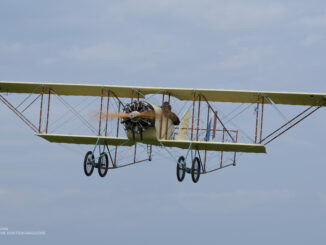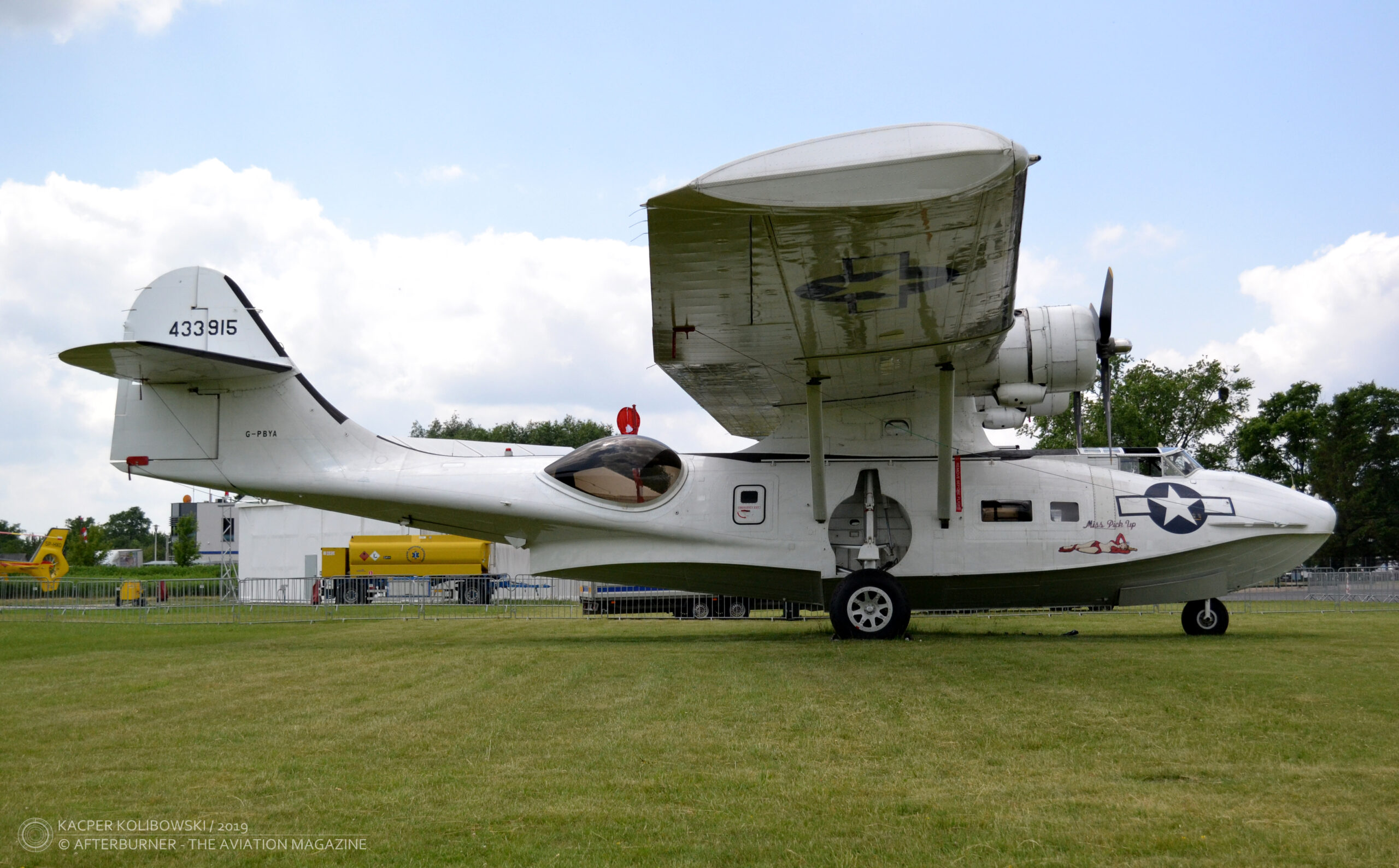 At the dawn of aviation, many popular newspapers and magazines used to sponsor prizes for those who dared to push the limits forward. It was quite popular way to attract readers but, at the same time, stimulating the new inventions and adventures.
At the dawn of aviation, many popular newspapers and magazines used to sponsor prizes for those who dared to push the limits forward. It was quite popular way to attract readers but, at the same time, stimulating the new inventions and adventures.
Although the powered, heavier-than-air aircraft was one of the latest and yet not developed inventions, it quickly found its way to front pages of newspapers. The quarter mile out and return flight, the first flight across the English Channel, the first circular one-mile-flight, the longest flight performed by a woman pilot (Femina Cup), the first flight performed by British pilot in a British-made aeroplane, the first transatlantic flight – were only a few of aviation milestones that were motivated by newspaper-founded prizes.
At the beginning of the 20th century, Daily Mail – the British daily middle-market newspaper founded in 1896 – was among the most active sponsors of aviation competitions. The first aviation prize sponsored by the Daily Mail was set already in 1906, following the initial idea of Alfred Harmsworth, the owner of the Daily Mail.

The newspaper offered 10,000 GBP (almost 1,1 million GBP in today´s equivalent) for the aviator who would be the first to fly a distance of 298 km (185 miles) from London to Manchester, under following conditions: the flight cannot take more than twenty-four hours, no more than two stops have to be made and, last but not least, take-off and landing must be at a location within five miles from the Daily Mail offices in both towns.
Only in 1910, two pilots decided to take up the gauntlet and fight for the prize. At that time, both men that entered the Daily Mail competition were already quite famous and experienced aviation pioneers, with their skills well-proven.
The first of them was Claude Grahame-White, an Englishman who, inspired by Blériot and his cross-channel flight, went to France to learn how to fly. A Frenchman named Isidore Auguste Marie Louis Paulhan was the second pilot, in the same way famous of his various aviation experiences.
On 28th April 1910, Louis Paulhan landed his Farman III at Barcicot Fields near Didsbury, therefore winning the contest. Two days later, during a solemn ceremony at Savoy Hotel in London, Paulhan was awarded his main prize of 10,000 GBP.
Full story here.
Cover photo: Isidore Auguste Marie Louis Paulhan (photo: Library of Congress, George Grantham Bain Collection, LC-USZ62-16889)



